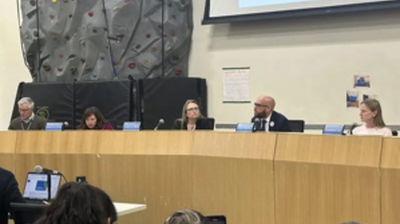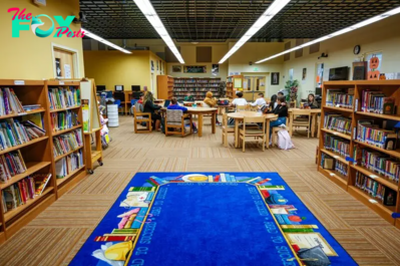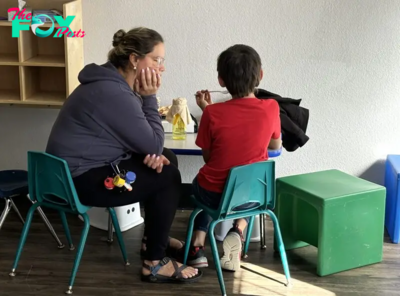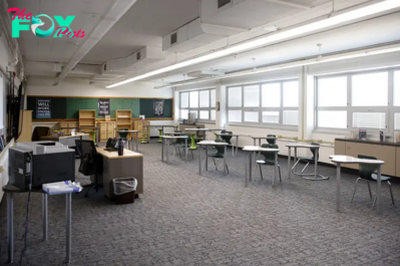Education
Colorado school enrollment this year is at its lowest level in a decade. What does that mean for K-12 education?
Colorado’s student count across all 178 school districts has plummeted to its lowest point in a decade, with the state tallying 1,800 fewer students last fall than in 2022, according to data released Wednesday morning by the state Education department.
The most recent dip — a 0.2% decline — is not as dramatic as the hit enrollment took during the last school year, when the state reported a drop of 3,253 students, a 0.37% decrease from the year before. But it accelerates a trend of dwindling school populations that emerged across much of the state and country during the pandemic and is poised to reshape how schools operate.
Enrollment in preschool through 12th grade totaled 881,464 students during the state’s annual count in October, with the biggest enrollment drops among its youngest students. The number of kids in preschool, kindergarten and first grade fell by 3,691 kids from 2022 after those same grades experienced a similar decrease the previous school year, state data shows.
Meanwhile, enrollment declines are affecting the vast majority of Colorado school districts — with 113 districts reporting fewer students this school year, up from 94 that saw their enrollment shrink last year. Enrollment in another 65 districts, however, was stagnant or increased, according to data from the Colorado Department of Education.
A convergence of factors is driving the overall downward trajectory — most notably, decades of declining birth rates that are now catching up with classrooms, and an increase in the number of students pursuing home-schooling and online education.
Colorado Education Commissioner Susana Córdova in a statement noted that Colorado’s enrollment dip is part of a national trend as school districts across the country also grapple with enrollment declines, particularly among early grades.
“We know that pre-kindergarten and kindergarten are where students build critical foundations for life-long academic success including language development, early literacy and social skills,” Córdova said.
Even as the number of Colorado public school students has decreased, the percentage change is so small that Jennifer Okes, chief operating officer of CDE, considers enrollment to be “steady” and “relatively stable.”
State education officials had anticipated that enrollment would rebound after its public school student count plunged by nearly 30,000 kids during the height of the pandemic. But enrollment has continued to decline.
With lower birth rates, Okes told The Colorado Sun, “this is sort of what we can expect.”
The enrollment decreases panning out across Colorado mirror declines in other states, which are “very minor decreases year over year,” said Brian Eschbacher, a Denver-based independent education consultant who previously served as executive director of planning and enrollment for Denver Public Schools.
“I think we’re now far enough away from the pandemic impact on enrollment that this is starting to look like a pretty long-term trend,” Eschbacher said.
He noted that enrollment changes vary significantly across schools.
“This doesn’t impact every school equally,” Eschbacher said.
Both birth rates — the number of children per woman — and the total number of babies born in Colorado in a given year have been on the decline, according to Colorado’s state demographer Elizabeth Garner. Both are compounding factors behind the drop in the state’s school-age population, which directly influences the number of kids in public schools.
Colorado peaked with total births in 2007, when 70,000 babies were born, according to Garner.
That’s significantly more than the 62,100 babies born between July 2022 and June 2023.
And the birth rate has fallen even as Colorado has seen an increase in the number of women of childbearing age, Garner said. Data from 2022 shows an average of 1.5 births among Colorado women and an average of 1.6 births among women nationally. To fully replace Colorado’s population, the average birth rate would have to climb to 2.1, Garner said.

The drop in total births and birth rates in Colorado feed into a nationwide decline of more than 1 million people under the age of 18 over the past decade, which Garner attributes to the onset of readily available contraceptives and fallout from the Great Recession.
-

 Education45m ago
Education45m agoCampus diversity is becoming difficult to measure as students keep their race and ethnicity hidden on college applications
-

 Education22h ago
Education22h agoFederal judge rules that Louisiana shalt not require public schools to post the Ten Commandments
-
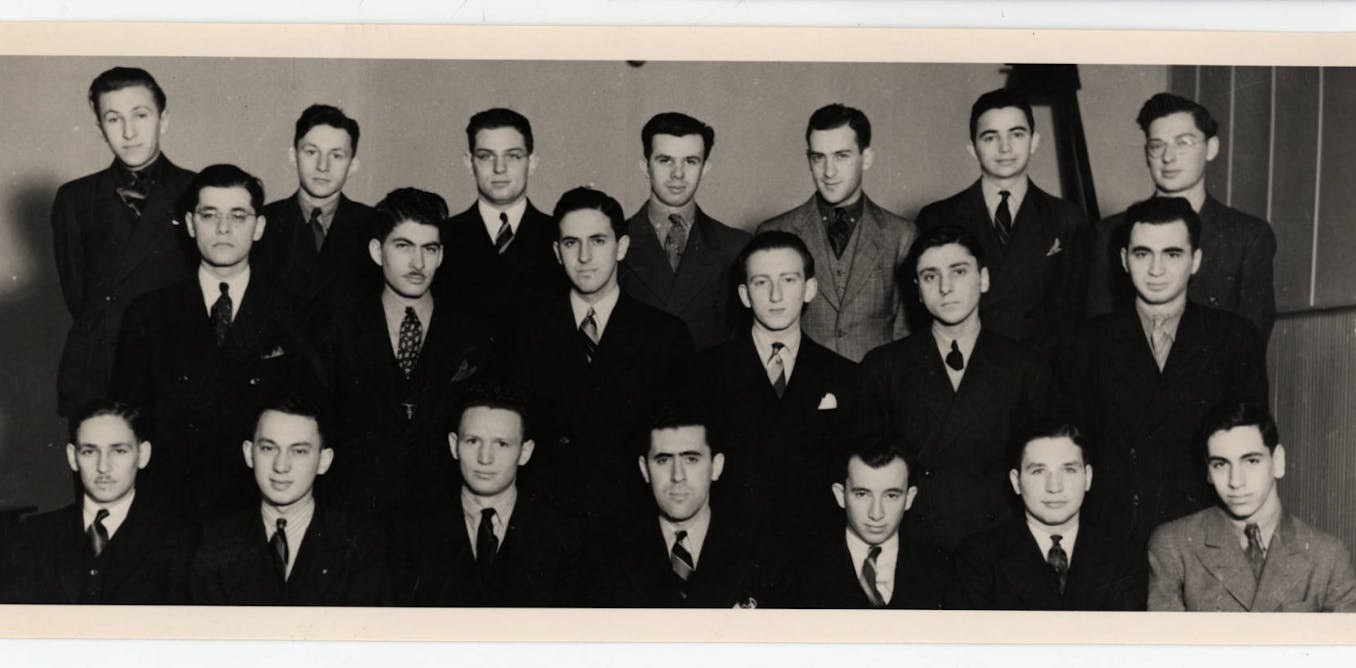
 Education22h ago
Education22h agoCampuses are ground zero in debates about antisemitism − but that’s been true for 100 years
-

 Education1d ago
Education1d agoSocioeconomic status explains most of the racial and ethnic achievement gaps in elementary school
-

 Education1d ago
Education1d agoMothers, metaphors and dyslexia: What language reveals about the challenges of a child’s learning disability
-

 Education1d ago
Education1d agoBrain-training games remain unproven, but research shows what sorts of activities do benefit cognitive functioning
-
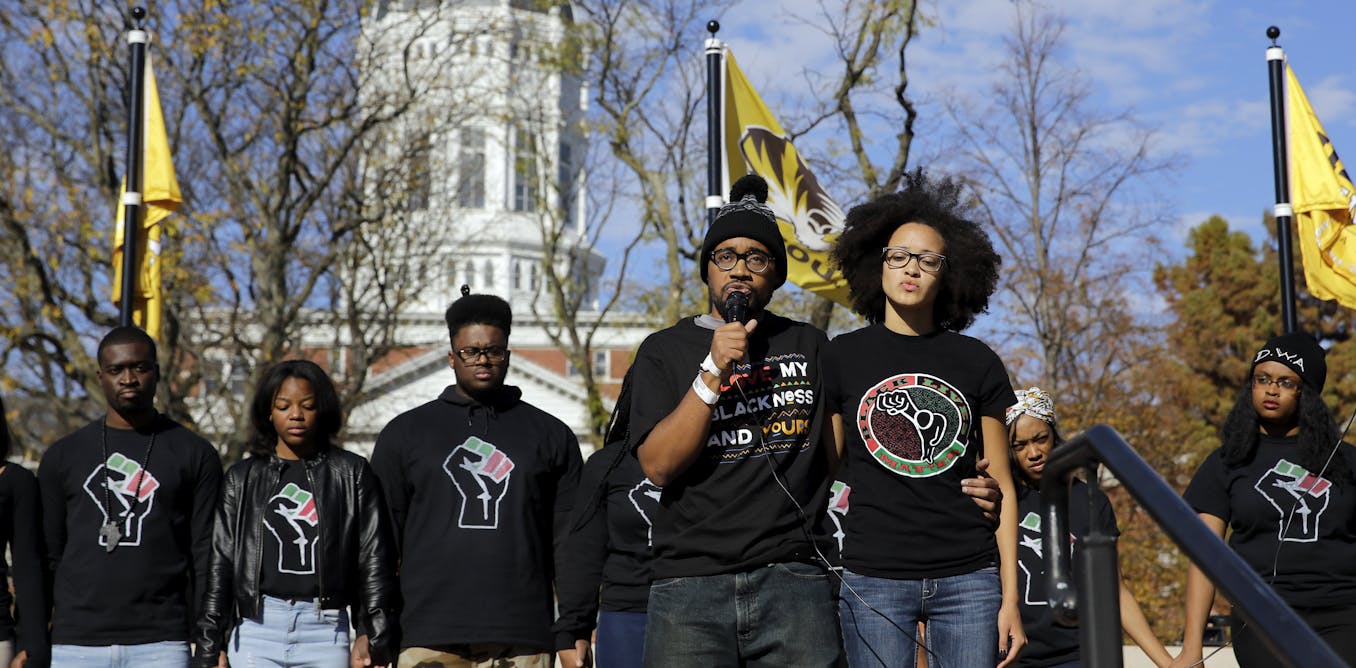
 Education3d ago
Education3d agoRacism is such a touchy topic that many US educators avoid it – we are college professors who tackled that challenge head on
-

 Education3d ago
Education3d agoHere’s what happens when a school is located near a cannabis dispensary


